July 7th marks the birthday of Bijan Elahi (1945-2010), a modernist, experimental poet who has posthumously acquired a position in Persian modern poetry that only a few canonical poets, like Nima Youshij (1897-1960), Ahmad Shamlou (1925-2000), and Forough Farakhozad (1934-1967), have previously achieved. Unlike these poets, Elahi chose to live in relative seclusion for over three decades and only attempted to publish a selection of his poetry twice during his lifetime– an attempt that remained unmaterialized. It was only after Bijan Elahi’s death in 2010, that his daughter, Salma Elahi, authorized the publication of his massive collection of poems and literary translations. Since then, the Iranian publisher Bidgul has published two collections of Elahi’s poetry, eight collections of his poetry translations (from English, French and Arabic), and one collection of his prose translation.
Over the past decade, a whole new generation of poets and poetry lovers in Iran has been exposed to Elahi’s work. While some readers revere him as a modern Sufi, others, including many young rising poets and literary translators in Iran, have been inspired by Elahi’s modernist approaches to poetry and translation. However, some critics (such as Ali Satwati Qaleh) question this sudden rise of interest in Elahi’s work, seeing in it a consequence of the growth of contemporary de-politicized, nativist approaches to modern Persian poetry. As such, Bijan Elahi’s poetic legacy remains unsettled and contested and much of his work remains untranslated. One example of a recent attempt at translation of a selection of his poems into English is Rebecca Ruth Gould and Kayvan Tahmasebian’s High Tide of the Eyes: Poems by Bijan Elahi (New York: The Operating System, Glossarium: Unsilenced Texts & Modern Translations series, 2019).
To situate Bijan Elahi’s contribution to Persian modern poetry within a larger context, we need to look back in time to the rise of Shi’r nu (New Poetry) and literary modernism in Iran. From the late 19th century, Persian poetry, like poetry in Arabic, Turkish, and Urdu, was subjected to literary and aesthetic contestations that sought to redefine the relationship of poetry to classical forms (such as ghazal, mathnavī, qaṣīdah), traditional meters (known as buḥūr) and classical and established modes of expression. To modernize the poetic language and its formalistic and stylistic possibilities, poets not only had to push aside the essential role that poetic tradition attributed to traditional forms and meters but also develop alternative narrative strategies to establish fresh forms of poetic relation. By the 1920s, Nima Yushij (popularly known as the father of modern Persian poetry), had turned to medieval Persian literature, including the Indian Classical Style, to explore diverse ways of writing and constructing poetic relation. During this time, several poets began to consider classical Persian poetic forms inessential and started to follow Nima and use traditional meter in modified ways.
Readers often see the post-WW 2 decades, from 1950 to the end of the 1970s, as the golden era of modern poetry in Iran – a time when remarkable poets engaged in vigorous debates on aesthetics and established new literary movements. During this time, Ahmad Shamlou employed Persian medieval prose to establish a form of socially committed free verse poetry (known as shiʿr sipīd), Forough Farokhzad revolted against the marginalization of women’s bodies, desires and agency in Persian poetry through an engagement with urban diction, vocabulary and style and Sohrab Sepehri re-introduced mysticism into modern Persian poetry and contributed to the rise of a poetic imagination which criticizes antagonistic relations between human and nature. By the 1970s, poets like Saeed Soltanpour (1940-1981) and Saeed Yousef (1948-Present), who were radicalized by their involvement in the anti-Shah movement, had developed forms of guerilla and resistance poetry with Marxist symbolism and vocabulary that idealized and memorialized the lives and sacrifices of anti-Shah guerilla fighters.
Within this same period, a rather marginal and experimental movement also began, whose key figures were the poets Yadollah Royaei (1932-Present) and Bijan Elahi. Inspired by Nima Yushij’s interest in the medieval Indian Style of poetry, they turned to Persian Sufi literature, in particular the Sufi ecstatic utterances known as Shath. Informed by their understanding of world literature, especially the work of the French surrealists, Royaei and Elahi sought to write poems inspired by Shath literature’s miraculous association of meanings and its depiction of complex and intricate internal feelings. This allowed them to pursue their project to de-familiarize language and construct new associations of images. While Royaei’s poetry remained mysterious, yet worldly, Bijan Elahi, both in his personal life, as well as in certain literary experiments, gradually submitted to the rigorous demands of Sufi practices. This eventually resulted in his choosing to seclude himself completely from literary circles and also public life.
Reading Elahi’s poems, we find them filled with intricate and dynamic images which rest upon, yet unsettle, traditional associations between words and metaphors. Influenced by the American poet Ezra Pound’s translations of Chinese poetry, Elahi also became a prolific translator of French and English poetry and prose. Later in life, he translated the Arabic poems of the great medieval mystic Mansur al-Hallaj, as well as poems attributed to the first Shi’a Imam, Imam Ali. Elahi’s theory of translation developed from an early adherence to so-called faithful translation to later, more experimental translations based on a theory that employed esoteric Sufi metaphors, and depicted the process of translation with a language of spiritual hermeneutics, and the transference of divine knowledge.
As a poet who finds ironic surrealism a useful mode to depict the violent and contradictory social relations of contemporary Persian society, I have personally found Elahi’s approach, method, and techniques in poetry and translation to be rewarding. Influenced by Royaei and Elahi, I have been inspired to learn how Shath literature can be re-visited to revolt against the degradations of daily language and to transfer one’s gothic internal feeling of living a highly unjust social life. These are to say that I, as a poet myself, try to bring back a more sustained political engagement to Elahi’s increasingly metaphysical poetic legacy.
As a literary translator who constantly finds himself grappling with the meaning and limits of a translator’s agency when translating poetry, I often turn to Elahi’s many experiments in translation as a source of inspiration. Below, I offer readers my recent translations of three of Bjian Elahi’s poems. In these translations I have refrained from experimenting, and try to remain attentive to the original. This approach is less aligned with Elahi’s more mature theories of translation, but given the introductory context in which this essay is written, I have chosen to remain closer to his earlier more literal approach. The first poem ‘Snow’ (barf) is an early poem from the second issue of the Jung-i ʾadabī Ṭurfah, a literary journal published by Ṭurfah Publications in 1964. The second and third are examples of Elahi’s later interest in Sufism and Islamic philosophy. The title “The Red Intellect” refers to a symbolic treatise on human spiritual emancipation by the 12th century Islamic philosopher Shahab al-din Suhrawardi, founder of the School of Illuminationism.
1.
Snow
She could only
be embraced
once.
She knew, then,
she would fall like an avalanche.
Yet she wanted
to find shelter in my embrace!
Her name was snow
her body, snowy
her heart of snow
her pulse
the sound of dripping snow
on the thatched roofs.
And I loved her
just like a branch
broken under the avalanche.
2.
Eagle
That bird above the mountain
having built a nest
which cannot be distinguished
from the permanent snow.
It says: “Come to me, Come!
Why aren’t you coming?”
It knows one can’t come on foot, it knows.
It knows that I will fall in the midst.
Yet, it wants this –
so that it comes down take my hand,
take me above, make me the color of snow.
3.
The Red Intellect
Why should I travel? Why
should I travel?
I, who can wander,
years around my house
Home: my longing- because
I am out of it-
The house, which appears in the light
appears on the peak of light…
The known bird
swallows out of kindness
-The Adam’s apple
moves for a second-
then its eyes
bring forgetfulness.

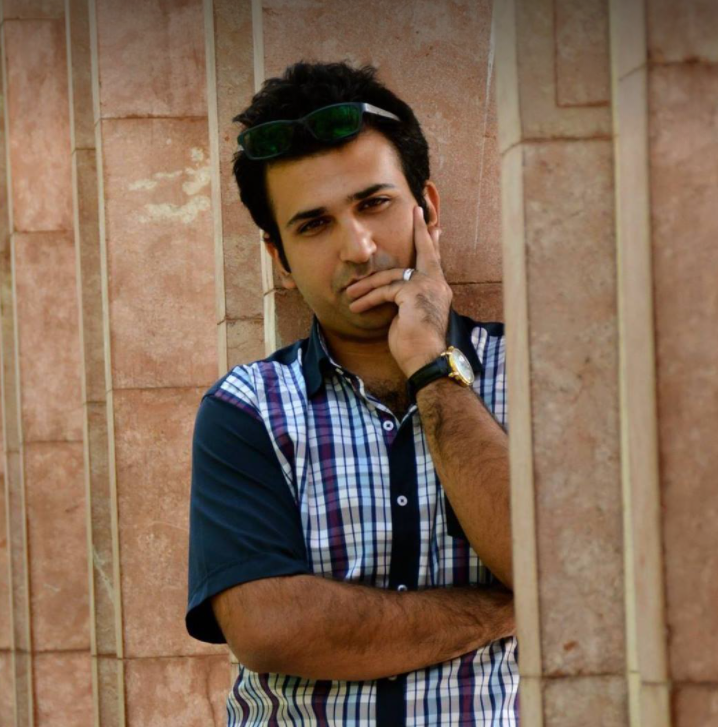

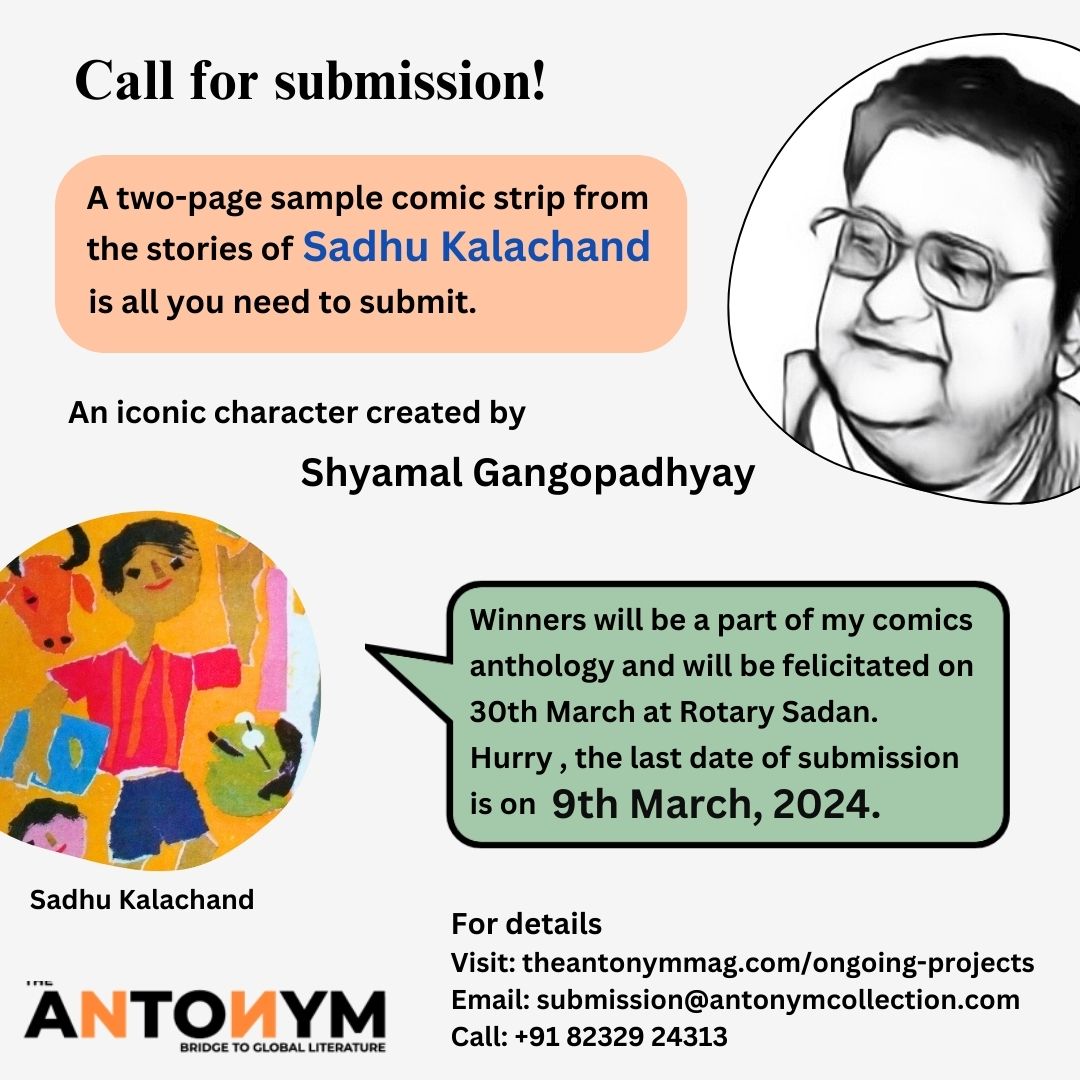
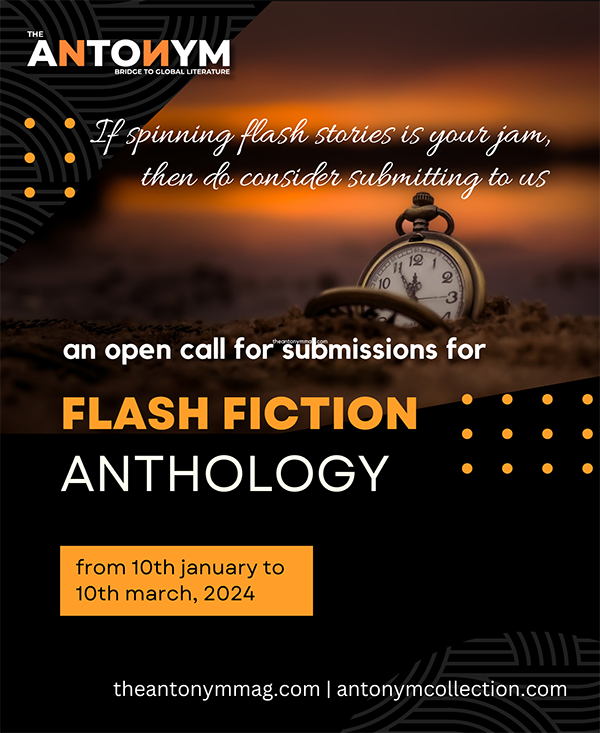








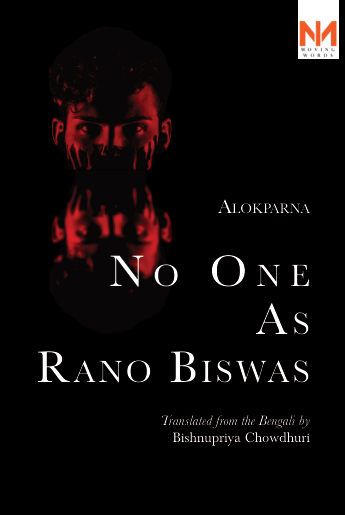
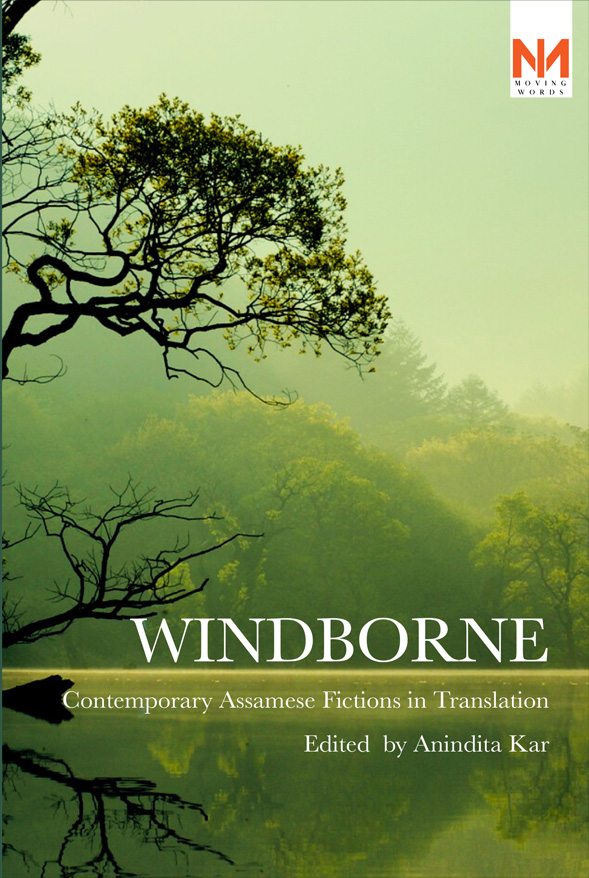
















0 Comments